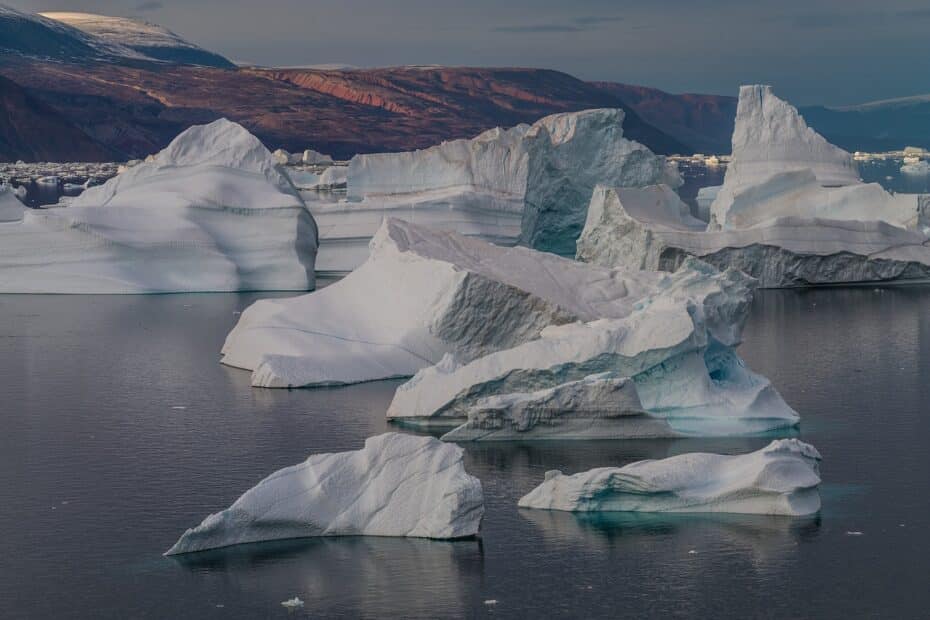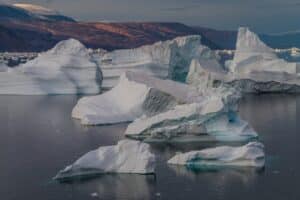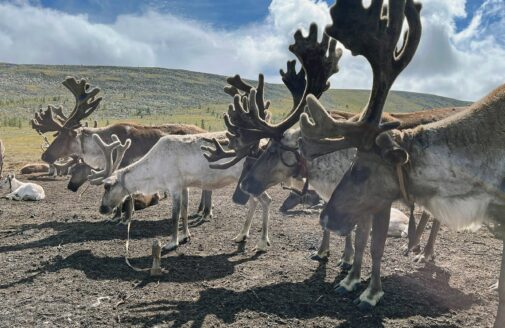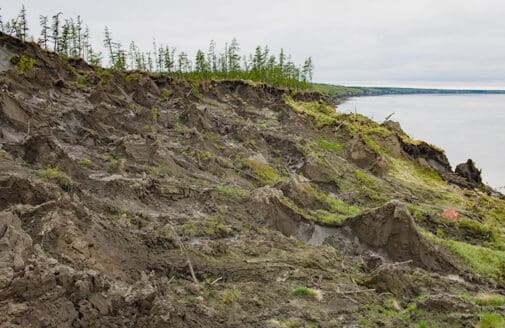Study pinpoints links between melting Arctic ice and summertime extreme weather in Europe

Study pinpoints links between melting Arctic ice and summertime extreme weather in Europe
New research shows how last year’s warming melted ice in Greenland that increased flows of fresh, cold water into the North Atlantic, upsetting ocean currents in ways that lead to atmospheric changes.

The Arctic Ocean is mostly enclosed by the coldest parts of the Northern Hemisphere’s continents, ringed in by Siberia, Alaska and the Canadian Arctic, with only a small opening to the Pacific through the Bering Strait, and some narrow channels through the labyrinth of Canada’s Arctic archipelago.
But east of Greenland, there’s a stretch of open water about 1,300 miles across where the Arctic can pour its icy heart out to the North Atlantic. Those flows include increasing surges of cold and fresh water from melted ice, and a new study in the journal Weather and Climate Dynamics shows how those pulses can set off a chain reaction from the ocean to the atmosphere that ends up causing summer heatwaves and droughts in Europe.
Inside Climate News
Research area








